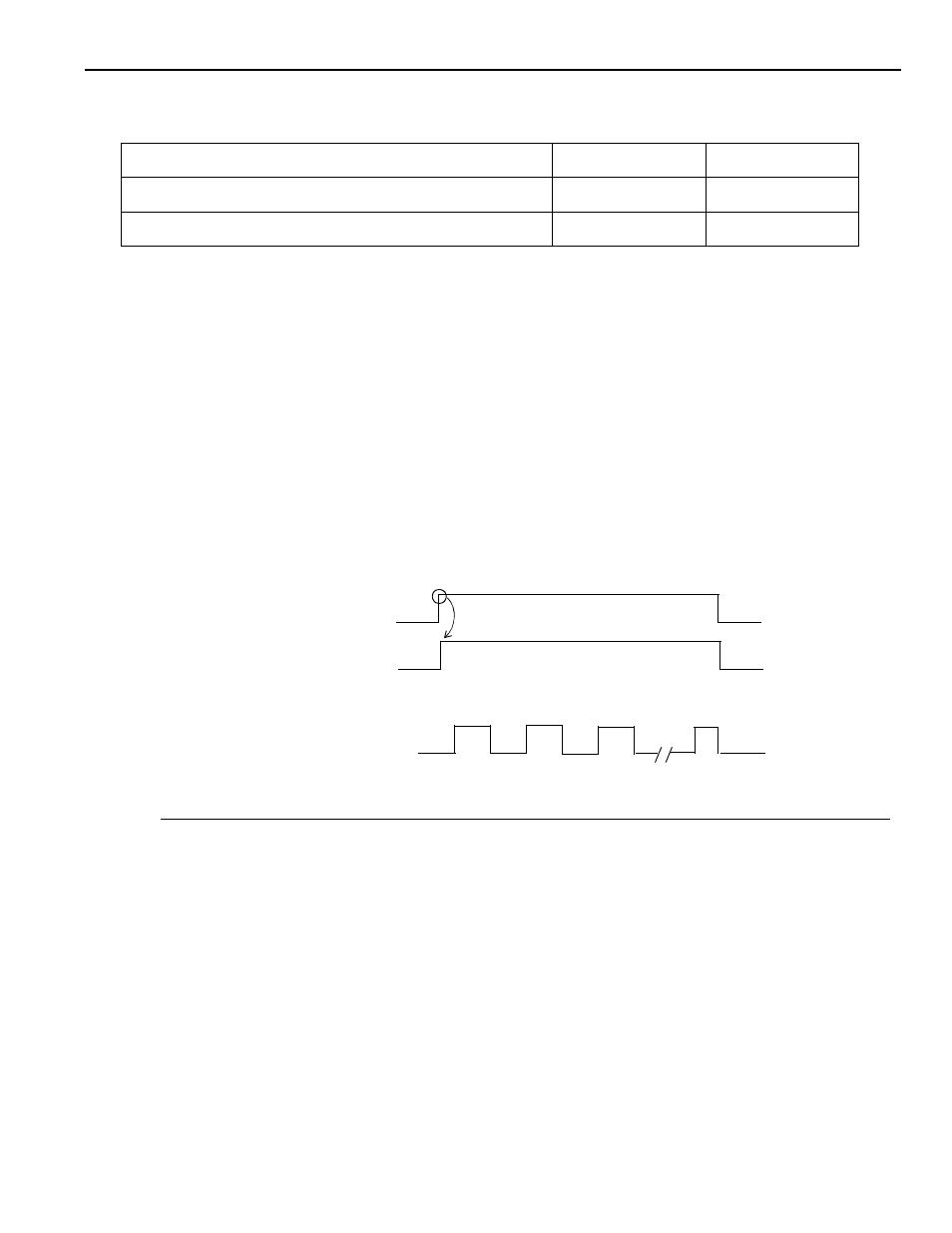Yaskawa YASNAC PC NC I/O Signal Function Manual User Manual
Page 81

9 - 10
YASNAC PCNC I/O Signal Function Manual Chapter 9: Automatic Support Functions
9.6 Manual Skip Mode Input/Output Signals and Touch Sensor Input Signals
If the manual skip input signal MSKP is “closed”, the CNC enters manual skip
mode and then the manual skip mode output signal MSKPO is “closed”.
When the touch sensor input signal SPST is “closed” by manually bringing the
touch sensor into the contact with a workpiece while the CNC is in the manual skip
mode, the coordinate values (in the machine coordinate system) of the contact point
and the direction of the approach for the detaction of contact are read.
It is possible to use the direct in (DIN) input signal instead of the touch sensor input
signal SPST. The manual skip mode is classified into manual skip A mode and
manual skip B mode according to the input signal to be used. Skip A if SPST is
used and skip B if DIN is used.
Manual skip B mode makes high accuracy measurement possible.
Fig. 9.3 Time Chart of Manual Skip.
IMPORTANT!
1. When the manual skip mode input signal is opened from the machine, then manual skip mode
input signal (MSKP) is ignored unless the CNC is in the manual mode. In this case, the man-
ual skip mode output signal (MSKPO) is not output, either. If the CNC mode is changed from
manual to automatic while it is in the manual skip mode, the manual skip mode is cancelled.
In this case, however, one-line MDI operation is possible.
2. If all axis zero return has not been executed after power ON when the rising edge of touch
sensor input signal is ignored and measurement is not executed.
3. When the touch sensor input signal is opened, the contract detaction axis must be retracted
once. (pm6847). If the next touch sensor input signal is opened before the axis is retracted, an
alarm occurs (2070).
Manual Skip Mode Input Signal
MSKP
#30096
Manual Skip Mode Output Signal
MSKPO
#35077
Touch Sensor Input Signal
SPST
#30097
MSKP
MSKPO
Manual skip A SPST
Manual skip B DIN
1st point 2nd point 3rd point
6th point
